The art of lighting and crafting evocative spaces
By N Jayalakshmi | September 06, 2023
"Light is not so much as it reveals, but it is a revelation in itself." These famous words of James Turrell are quoted by Jasleen Manrao, Studio Head - Figments Experience Lab, as she shares her insights on lighting experiential spaces in this exclusive interaction with Retail4gowth as part of 'Spotlight' presented in association with Gardler.
 Let’s start with some of the most common myths and misconceptions when it comes to lighting in experiential design. What are your observations?
Let’s start with some of the most common myths and misconceptions when it comes to lighting in experiential design. What are your observations?
Myths and misconceptions often shroud the realm of lighting in experiential spaces. One such misconception is that brighter lighting equates to better visibility and experience. However, excessively bright lighting can be uncomfortable and detract from the ambience. For instance, a restaurant's harsh lighting might create an unwelcoming atmosphere instead of a cozy one.
Another myth involves the assumption that uniform lighting is ideal. In reality, variations in light levels can evoke depth and interest, guiding attention and creating focal points. For instance, museums use accent lighting to highlight artifacts while keeping surrounding areas dimmer, enhancing visual impact. Also, the color temperature of light affects mood and perception.
Lastly, a common myth is that natural lighting cannot be harnessed to create an effect and that it interferes with creating the right contrast levels. However, we have always welcomed the luxury of a natural light source on our sites.
It is often thought that lighting design is an afterthought. In actuality, it's an integral part of the overall design process, especially because designing a staged experience uses it as a tool rather than an element.
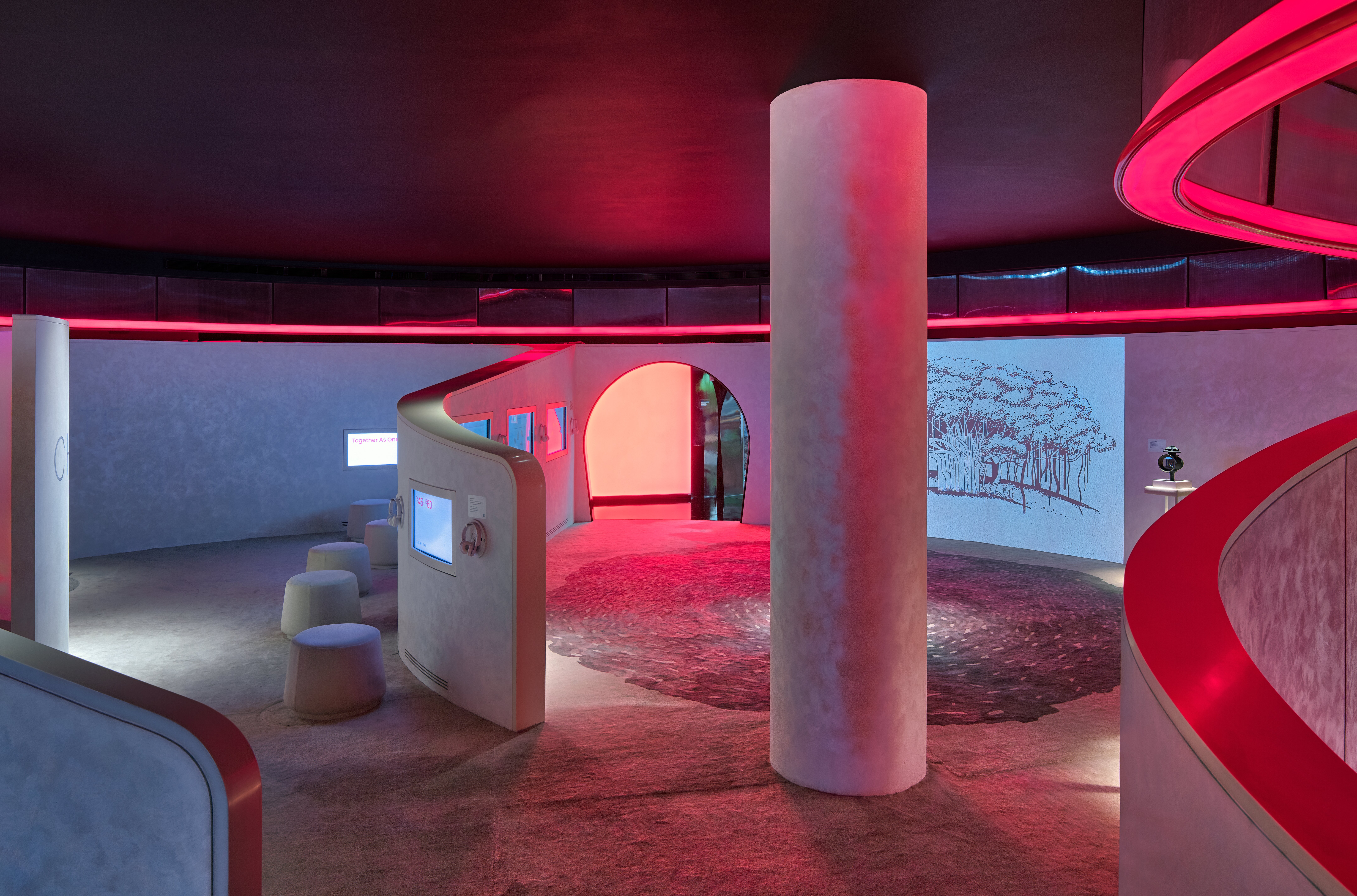
What has been your own approach to lighting when it comes to your design projects?
Our lighting design approach aligns with our lab's design philosophy of creating experiences. We leverage human emotions to guide our design process and utilize design detailing as a tool to bring our ideas to life. This approach enables us to evoke a feeling that aligns with the intended purpose and outcome of the space. Consequently, our planning transcends mere functionality, technical aspects, and aesthetics. We harness lighting effects to transform spaces into evocative landscapes, influencing mood, enhancing aesthetics, and facilitating engagement.
Any critical parameters while planning lighting for experiential spaces?
Crafting compelling experiential spaces involves a careful interplay of multiple elements. From setting the mood by matching lighting to the desired atmosphere, or aligning with the thematic narrative, every detail matters. Focusing on focal points through accents and creating a balanced contrast between light and shadow adds visual intrigue. Dynamic effects, interaction through responsive lighting, and adaptability for diverse scenarios enhance engagement. Prioritizing accessibility, efficiency, and technology integration ensures a holistic approach. Also, selecting durable fixtures, collaborating with stakeholders, and maintaining energy-saving solutions contribute to a seamless and impactful experiential journey.
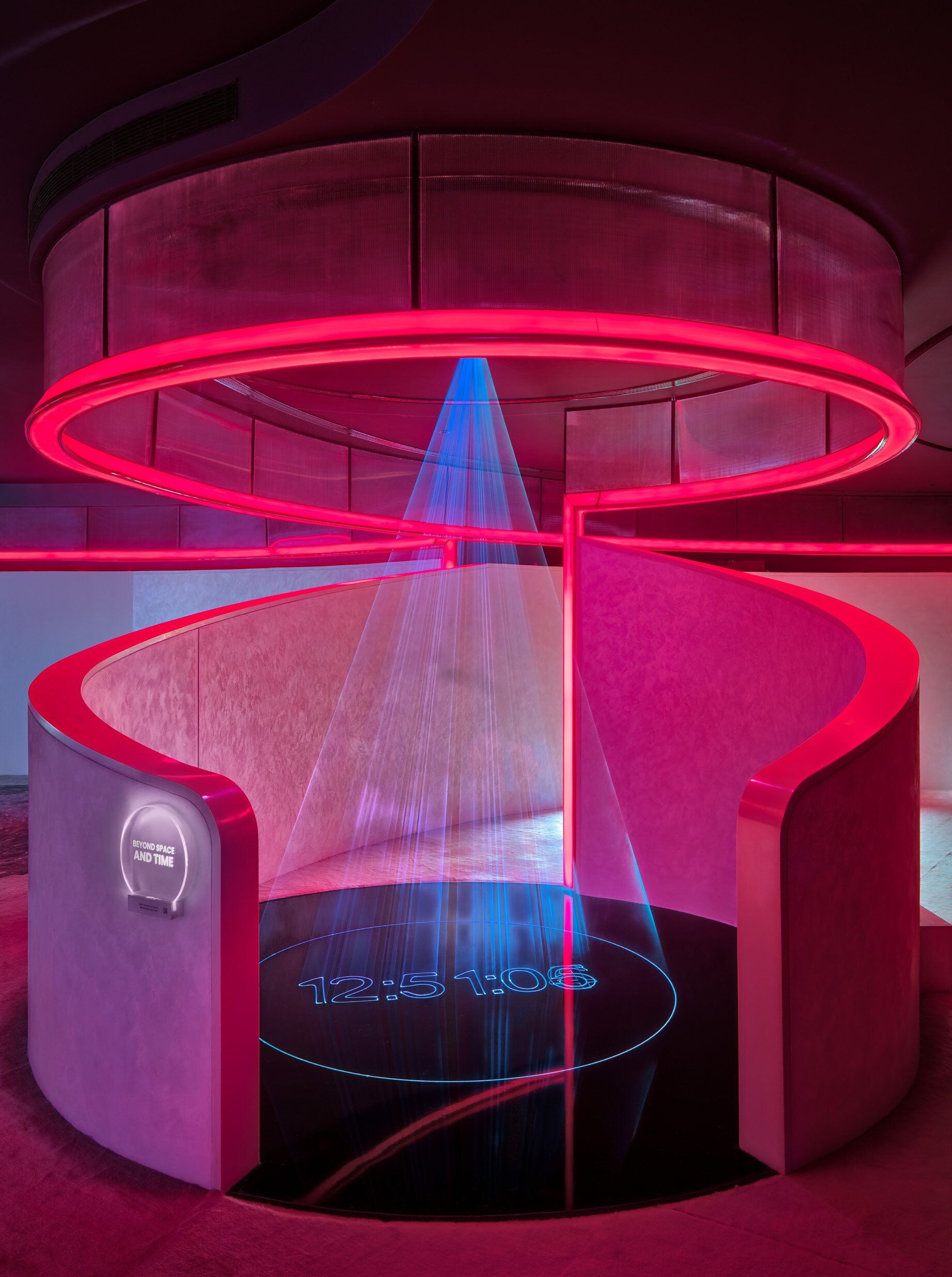 What are some of the common challenges that store architects and designers face while getting the right lighting for a store?
What are some of the common challenges that store architects and designers face while getting the right lighting for a store?
Designing lighting for experiential spaces comes with a set of common challenges that require careful consideration. The balance between creating the desired ambience and ensuring functional illumination is crucial. Integrating lighting seamlessly with the overall design elements while staying within budget limits poses another hurdle. Besides, ensuring compatibility with technology, like lighting controls and automation, is vital for a cohesive experience. Durability and ease of maintenance are also essential for intricate setups, and energy efficiency remains a priority to minimize environmental impact. Safety and accessibility must be maintained, while also offering personalized lighting experiences for diverse visitors. Adapting lighting for changing environments and aligning it with the narrative of the space requires strategic planning. Incorporating sustainable and eco-friendly lighting solutions adds another layer of complexity. Ultimately, creating interactive lighting elements that engage users further elevates the challenges in crafting a captivating experiential space.
The fact is that achieving perfect balance between crafting dramatic experiences and optimizing them is an art in itself. It revolves around striking that delicate equilibrium where design evokes precisely the intended emotions. This creative challenge is one I frequently grapple with on a personal level.
How does the right lighting partner/supplier make a difference?
Selecting the right lighting partner greatly impacts the design of lighting experiences. A proficient lighting partner brings expertise, creativity, and technical knowledge to the table. Their ability to recommend energy-efficient and durable lighting fixtures also contributes to the long-term success of the space. However, the most important aspect of a reliable lighting partner is that they can collaborate seamlessly with other stakeholders, guaranteeing the smooth integration of lighting solutions into the overall design.
Any checklist you can share for evaluating and finding the right lighting vendor/partner?
The right lighting partner needs to have the right product. Thankfully, by asking the right questions, we can find solutions even from our regular vendors without the need for expensive specialized lighting. This approach has allowed us to work within budget constraints effectively. So, a lot depends on the design clarity. In general, we look for the following parameters:
Design - Flexibility, accurate color rendering, and effective dimming are important. Additionally, innovation and customization options are valuable for meeting specific design needs while maintaining aesthetics.
Sustainability, longevity, and emission - This means being energy-efficient, long-lasting, and compatible with versatile control systems. Essentially efficient heat management, minimized environmental impact, balanced cost-effectiveness, and reduction of UV and infrared emissions that can be harmful to the exhibits or products/objects on display are very important.
Ease and safety - Ease of installation and adherence to safety standards are essential.
 Can you talk about any of your experience design projects where lighting played a big role?
Can you talk about any of your experience design projects where lighting played a big role?
The Museum of Living History is definitely one. This project for Mahindra is an example where lighting helped create and curate the experience for "the Museum of Living History." Since was a small space, using correct beam angles allowed us to create points of interest and contrast. We also used contrast and illumination layering to add depth and drama.
Pictures courtesy - Figments Experience Lab

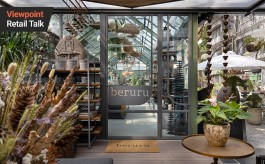


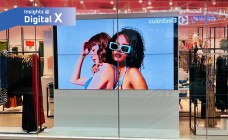
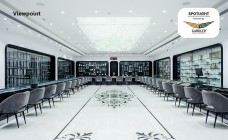
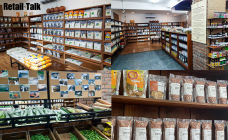


Comments